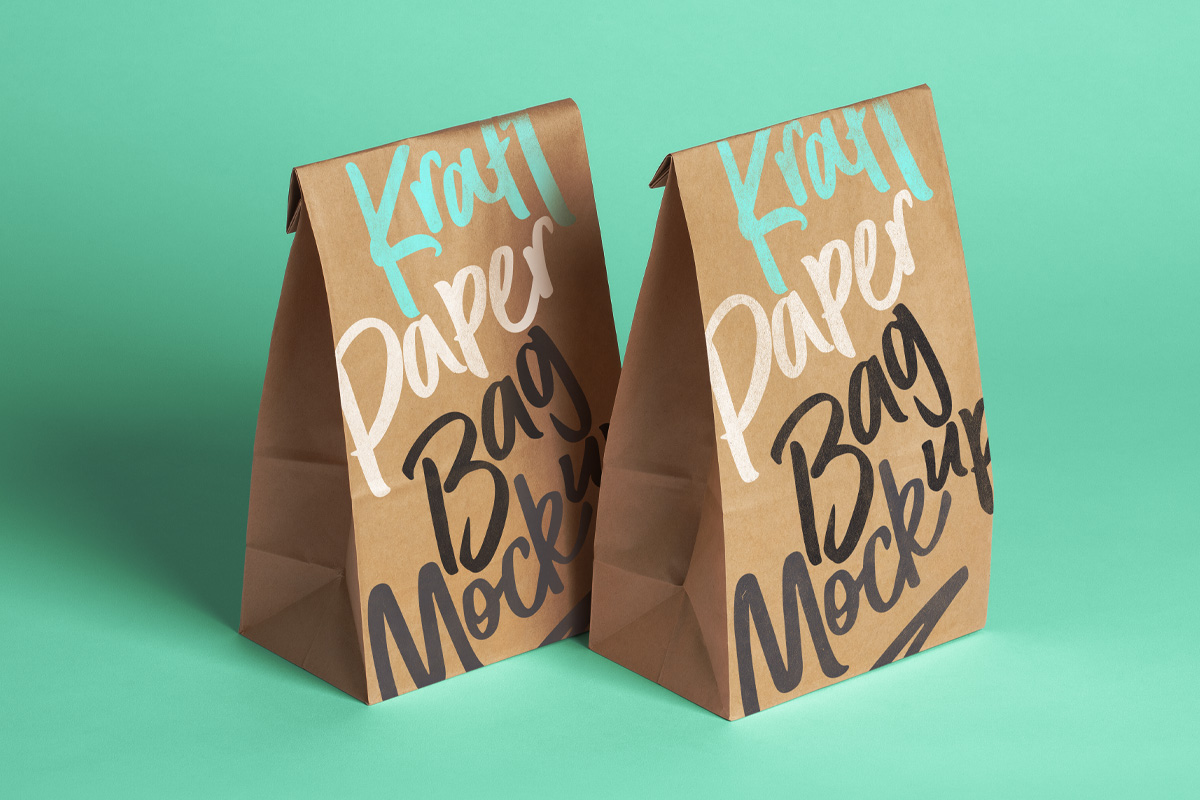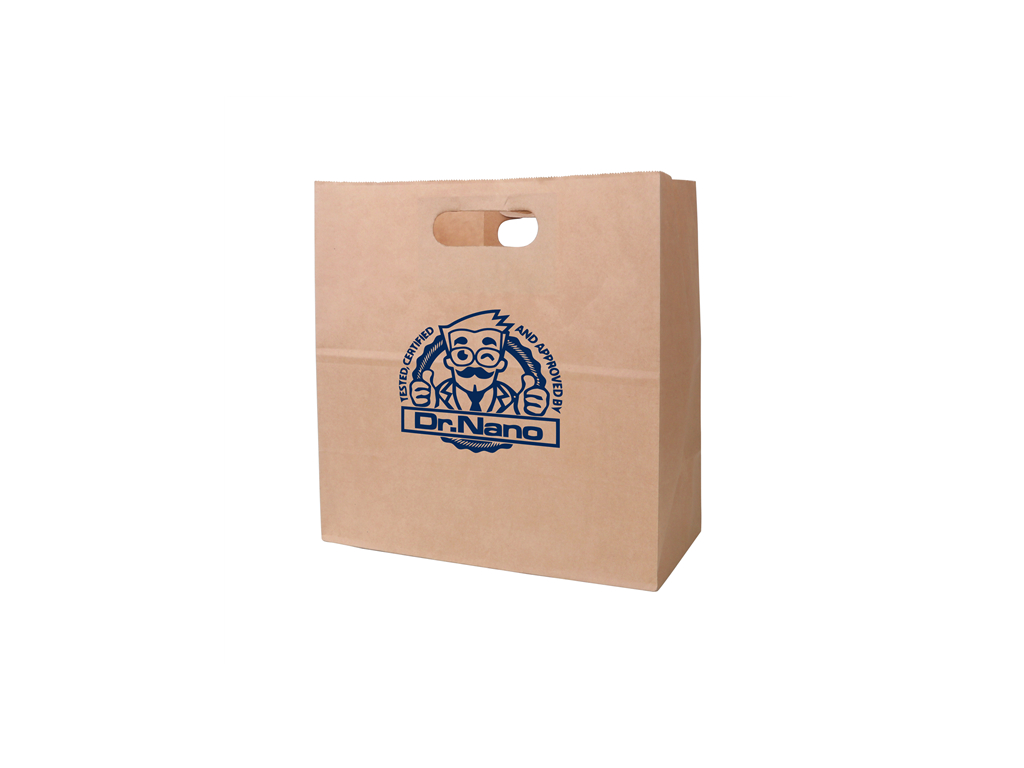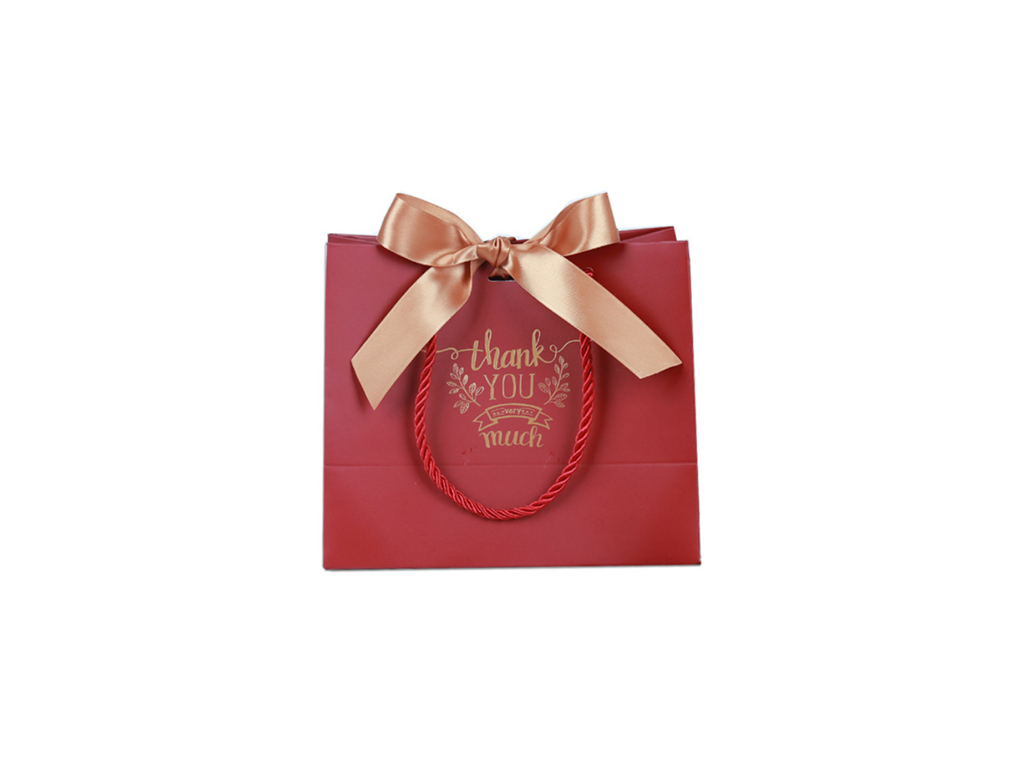Introduction
Witness the paradigm shift towards environmental consciousness as individuals increasingly eschew plastic bags. However, the allure of paper bags extends far beyond environmental concerns alone. Prepare to be captivated as we unveil the myriad advantages that accompany the adoption of paper bags. In this article, we delve into the unparalleled benefits awaiting those who choose the path of paper bag usage.
The benefits of using paper bags
Experience the pinnacle of packaging perfection with Primepac’s exquisite collection of premium paper bags. Designed to cater to your unique packaging needs, our bags offer a seamless blend of functionality and elegance. With a wide range of styles and materials to choose from, including handles and special gift bags, you can effortlessly find the perfect match for your brand.
What sets our paper bags apart is the ability to personalize them with custom printing and finishes, allowing you to showcase your brand identity in the most captivating way. Whether it’s a striking logo or a captivating design, our printing options ensure that your brand leaves a lasting impression.
Versatility is at the core of our bags’ design, making them the ultimate solution for various occasions. From upscale shopping experiences to delightful gifting moments, and even convenient takeaways, our bags adapt effortlessly to any scenario. You can rely on Primepac to provide the perfect packaging solution for every need.
As a responsible company, we prioritize eco-friendliness and sustainability. Our paper bags are crafted using recycled materials, reducing environmental impact without compromising on quality. Additionally, their foldable design enhances efficiency, making storage and transportation a breeze.
Beyond functionality and sustainability, our paper bags offer a unique opportunity to elevate your brand image and create an unforgettable unboxing experience. Each bag is meticulously crafted to exude sophistication and refinement, leaving your customers in awe from the moment they lay their eyes on it. The unboxing experience becomes a cherished memory that resonates with your brand long after the purchase.
Choose Primepac’s premium paper bags, and discover the perfect harmony of style, sustainability, and versatility. Let your packaging speak volumes about your brand’s commitment to excellence and leave a lasting impression on your customers. Elevate your packaging game with our exceptional paper bags today.
1.Toughness
We all know that the general traditional plastic shopping bags are easy to break. If you want to make it more solid, you are bound to increase the production costs. Portable paper bags will be a good solution to this problem, because of their toughness, wear resistance, solidity, and durability, more high-grade paper bag also has a waterproof function and beautiful appearance and other characteristics. Price is certainly more expensive than the traditional plastic bags, but the value of them is far more than that of the plastic bags.
Non- woven shopping bags as we mentioned in the previous articles. Can be a good tool for advertisement. Paper bags have a relatively big space for customization when compared with plastic bags. they can be printed in different size, color, pattern and other.
Together with their solidity and durability, Paper bags can also be named mobile advertising bags. The public effect the enterprise can get from paper bags is far greater than you can get from traditional plastic bags, high-grade paper bags are a manifestation of the company’s atmospheric momentum.
and its solid and durable, simply “mobile advertising bags”, its publicity effect for the enterprise is far greater than the traditional plastic bags. high-grade and beautiful-design paper bags are a manifestation of the company’s power and strength.
3.Environmental protection
Nowadays, environmental awareness has been stronger than ever before. So there is no doubt that paper bags would be a social trend.
Again, we will mention the features of the paper bags- toughness, wear resistance, durability, and being environmentally friendly. These features enable the paper bags to be reusable, which will not cause serious damage to the environment.
4.Conserving Natural Resources
The most obvious advantage of using paper bags is that they are extracted from unbleached and recycled brown kraft paper, which is a good solution to the natural resources and energy-saving, and the reduction of greenhouse gas emissions.
Thus, it’s high time for us to switch over towards the use of eco-friendly paper bags.
Consumers may also have such a misunderstanding: For the fashion look of portable paper bags, the price of it is certainly more expensive than the price of plastic bags. But it’s not the way you think.
In fact, compared to plastic bags, paper bags are more economical and affordable, why? Because plastic bags can generally only be used once, the number of uses is extremely limited, while portable paper bags can be used repeatedly. The enterprises can print patterns on the papers bags. With vivid color expression, Paper bags can bring a more obvious promotion effect.
In this way, we can understand why paper bags are more economical.
6.Maintain the species diversity
Because plastic bags can not degrade themself, marine animals are in great danger. Some research has shown that people found the plastic content inside the body of marine animals. When plastic clogs the oceans, lakes, rivers, the harmful toxic chemicals of plastic content will lead to the death of marine animals.
Other than that chemical reasons, the animals are possible to swell the plastic content, which will block their throat. Finally, they will die for the lack of food.
Some animals like sea turtles, minke whales, seabirds, and others, will misunderstand the plastic bag as food, which results in the bad end.
To maintain the species diversity of the earth we are living in, Stop using plastic bags is necessary.
7.Paper bags can keep the food fresh
Kraft paper bags are suitable for packaging food, even in hot weather. They can keep the food fresh for a relatively long time. Because the kraft paper bags have air pores which can help air circulation. That’s why you can see the people in the America tv series always use kraft paper bags to hold vegetables when they finish shopping in Supermarket.
Different types of Paper Bags
There are many varieties of paper bags for various materials and styles.
According to the material, paper bags can be divided into white cardboard paper bags, white paper bags, copper paper bags, kraft paper bags, there are a small number of paper bags that are manufactured for a specific purpose.
1. White cardboard
white cardboard is firm and thick, with high stiffness, breakage resistance, and smoothness, and flat paper surface, people commonly use white cardboard with a thickness of 210 -300 grams the most used is 230 grams white cardboard. Printed with white cardboard paper bags, full color, paper texture is also very good, is your first choice for customization.
For the excellent texture of the white cardboard, The paper bags made of white cardboard paper can provide a very good color expression. It’s your first choice for customization.
2. Copperplate paper
copperplate paper is characterized by a very smooth and flat paper surface.
With high whiteness and smoothness, the graphics printed on Cooper plate paper will be more vivid.
Manufacturers commonly use paper with a thickness of 128 grams -300 grams. The only difference between copperplate paper and white cardboard locates in the stiffness. The stiffness of cooper plate paper is relatively weaker than that of white cardboard. As to other factors like color, you can expect the same result from both of them.
3. White kraft paper
With strong breakage resistance, good toughness, and strength. White kraft paper can provide a stable hue and even color distribution.
According to national regulations, supermarkets have to limit the use of plastic bags. Many countries in the world are promoting the trend of using environmentally friendly paper bags to strictly control plastic pollution. Plastic bags will be replaced by environmentally friendly paper bags.
That’s why The white kraft paper enjoys a bright future
The white kraft paper is made of 100% pure wood pulp, which is eco-friendly and nontoxic.
With excellent toughness, it’s unnecessary to laminate. It is widely used in the production of environmentally friendly clothing bags, high-end shopping bags, etc…
The only disadvantage is that the white kraft paper is lacking brightness and gloss. So we would not advise you to print some large ink images on the material.
4. Kraft paper
With a common color of brownish yellow, Kraft paper is also known as natural kraft paper. It Has high tensile strength and toughness.
It boasts high tear-resistance, rupture, and dynamic strength.
This kind of material is widely used in shopping bags, envelopes, etc…
People Commonly use kraft paper with thicknesses of 120 grams – 300 grams.
Kraft paper is generally suitable for printing uncomplicated manuscripts only with single-color or two-color uncomplicated manuscripts.
Compared to white cardboard, white kraft paper, natural kraft paper has the lowest price.
5. Black cardboard
This kind of Black cardboard is manufacturing for special purposes. Two sides of the material are black. With fine texture, firmness, and thickness, Black cardboard boasts good folding resistance, stiffness and excellent tensile strength, and high breakage resistance.
For the double sides of black, the black cardboard can not print any color patterns. It was only suitable for hot stamping and some specific processes.
According to the different uses, paper bags can be divided into many types: file bags, envelopes, handbags, cement bags, feed bags, wax paper bags, fertilizer bags, laminated paper bags, four-layer paper bags, medicine bags, garment bags, food bags, shopping bags, gift bags, wine bags.
Different uses of paper bags need to be manufactured in a specific size.
Conclusion
In this article, we share our experience with paper bags, including the benefits of using paper bags. On the other hand, we list some common materials people will use for the manufacture of paper bags and their pros and cons.
Through reading this article, you may have a relatively comprehensive understanding of the paper bag. If you have other questions, please feel free to contact us, we will reply as soon as possible. thanks for your reading!








